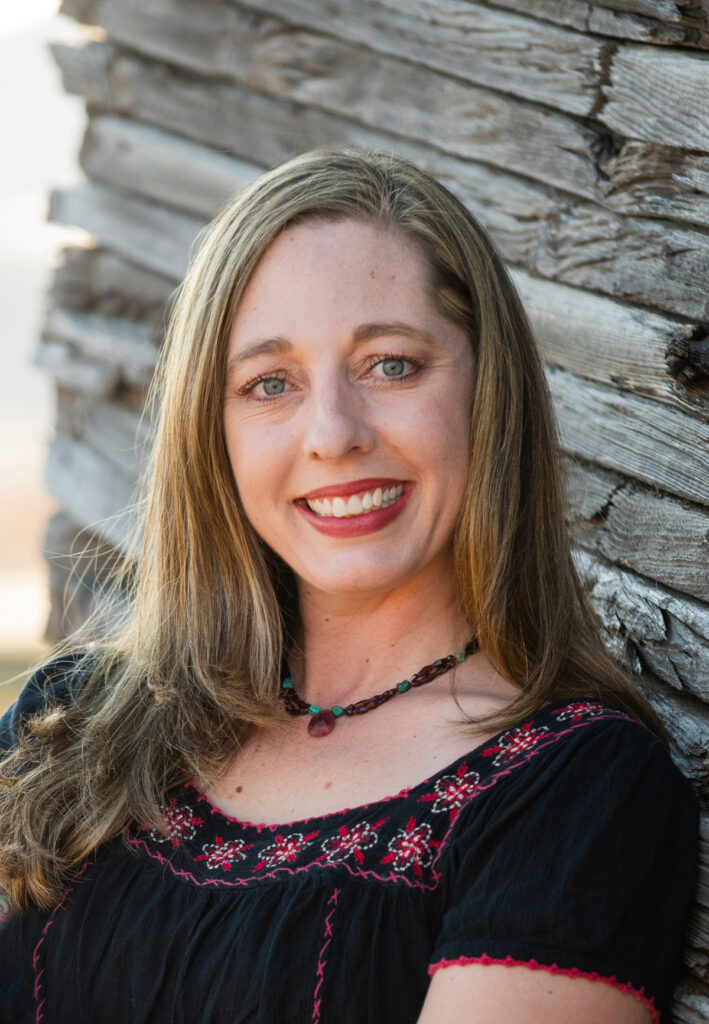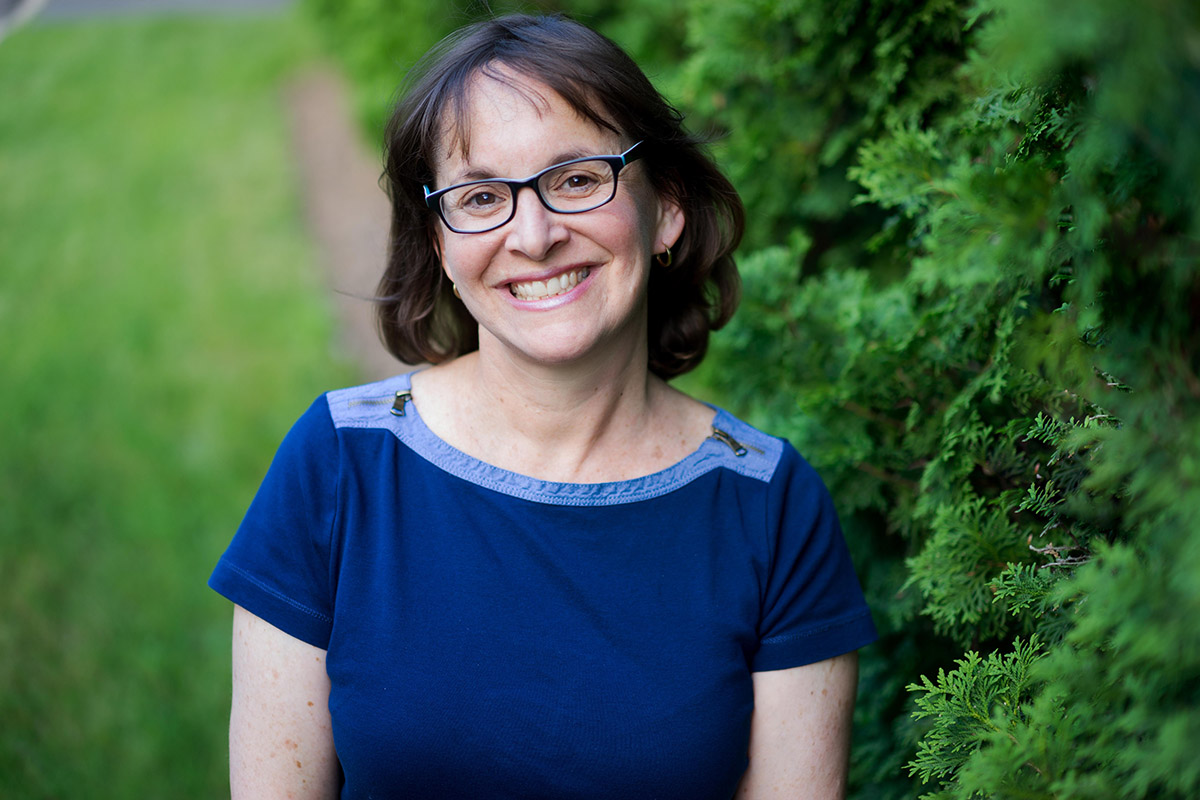
by Michele Kirichanskaya | Sep 7, 2023 | Blog
A.J. IRVING once wished to be friends with her first crush. Her wish came true. She will always remember the little girl who made her feel like she could fly. Now A.J. writes picture books and poetry beneath an old elm tree in Salt Lake City. As a children’s author...

by Michele Kirichanskaya | Jan 27, 2023 | Blog
Chana Stiefel is the award-winning author of more than 30 punny and poignant books for children. She loves to visit schools and libraries to share her passion for reading and writing with children. She earned a Master’s degree in Science, Health, and Environmental...




